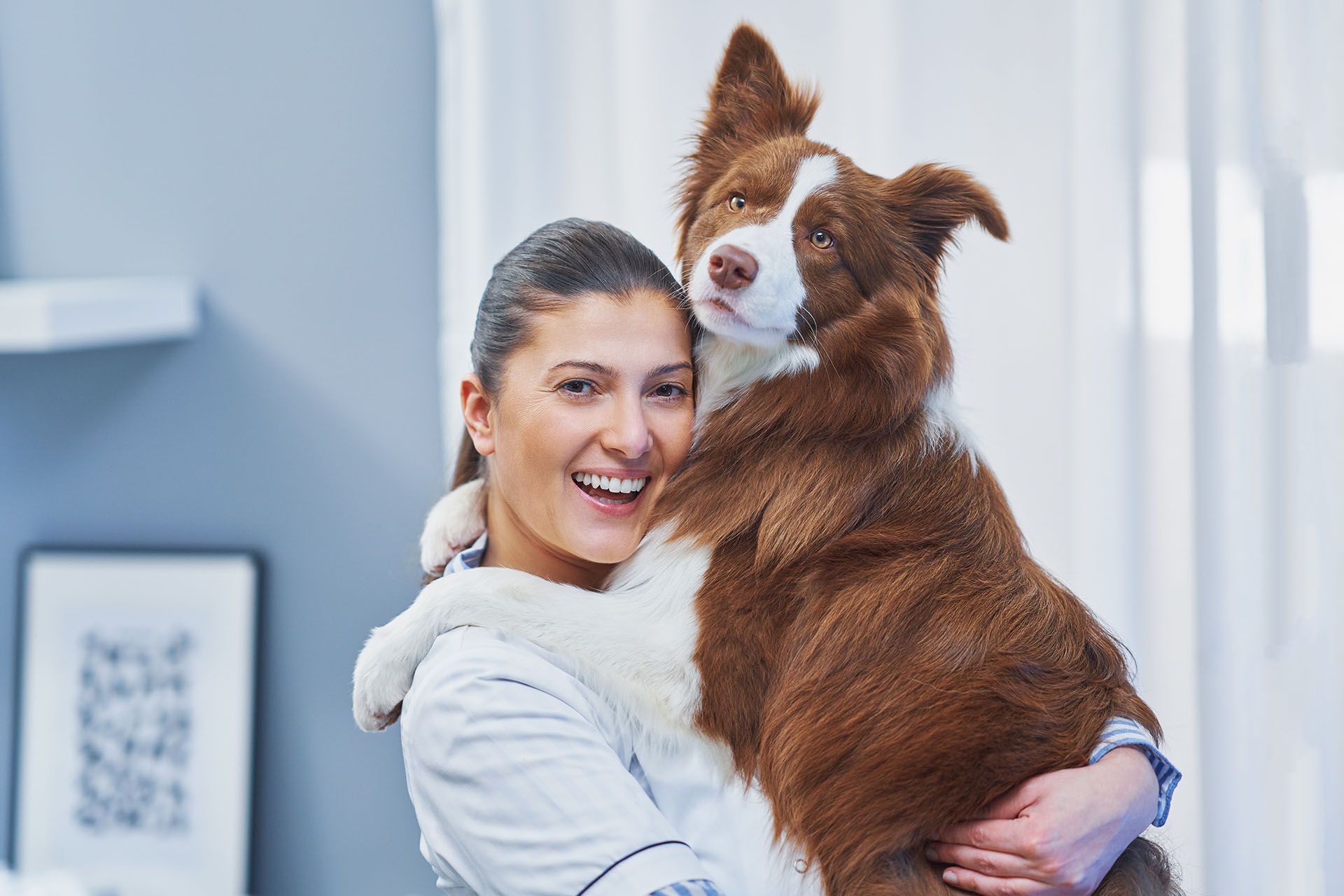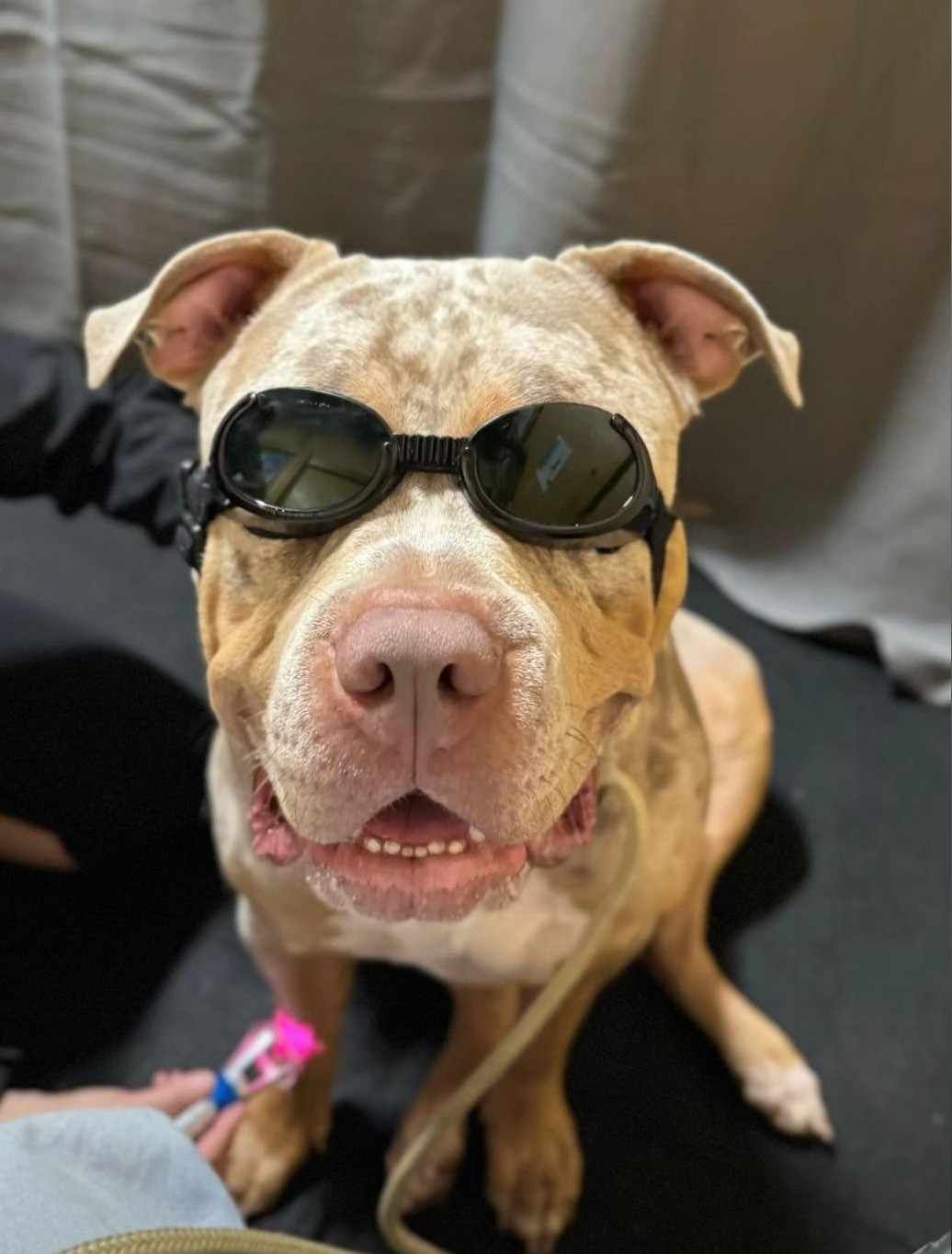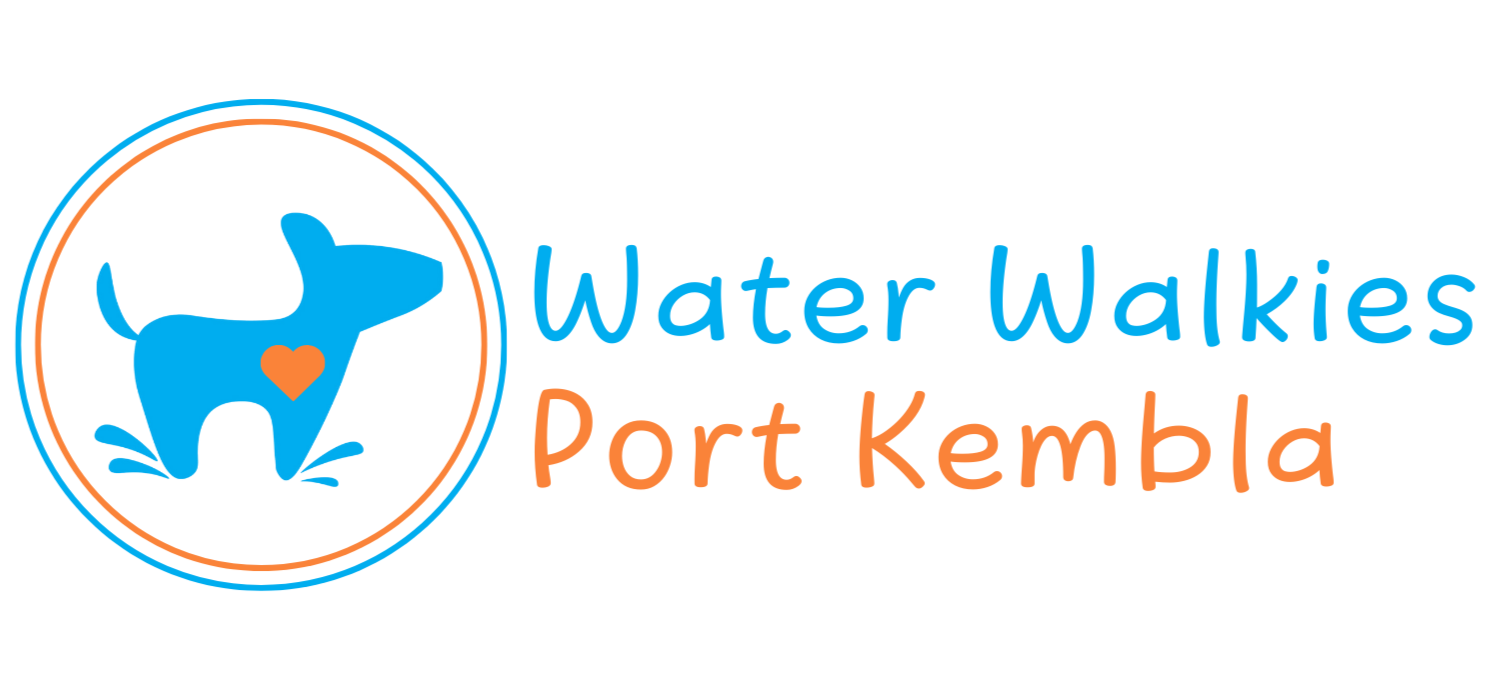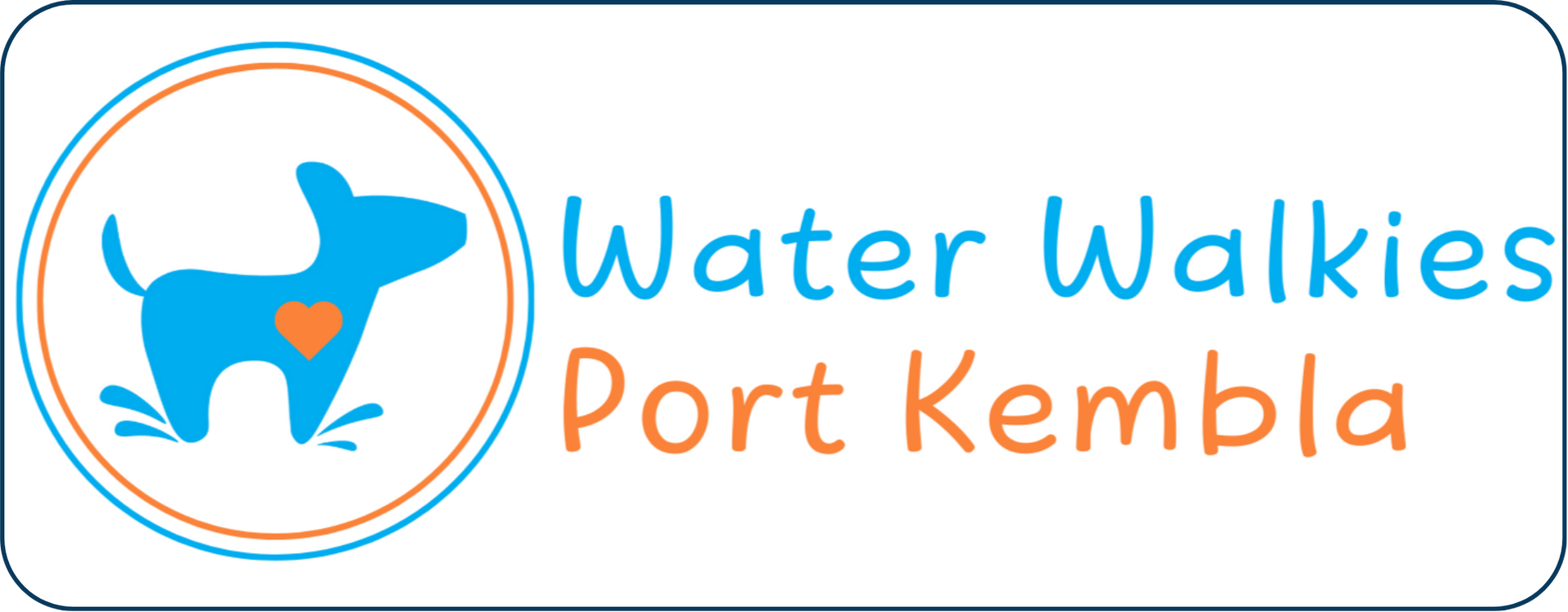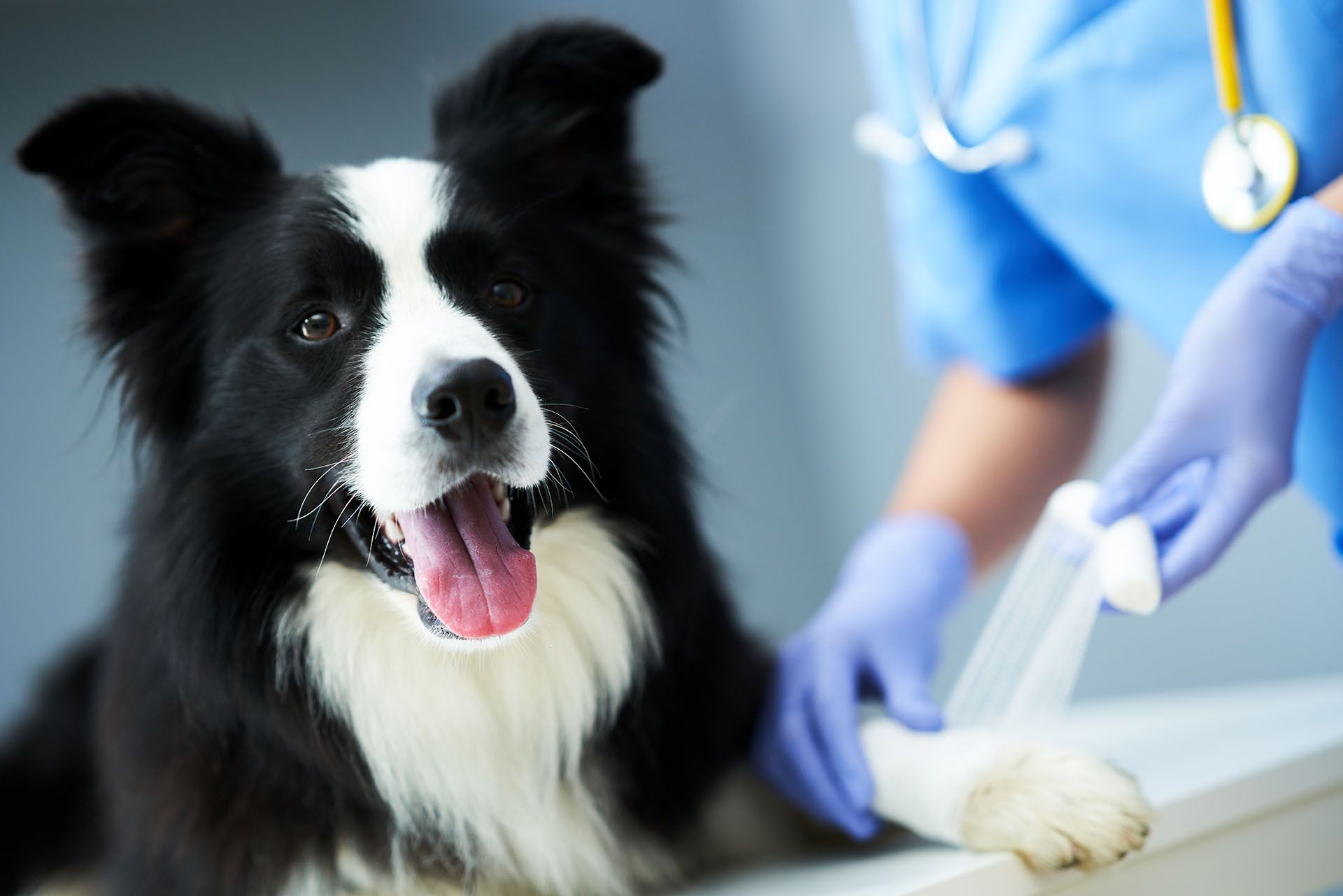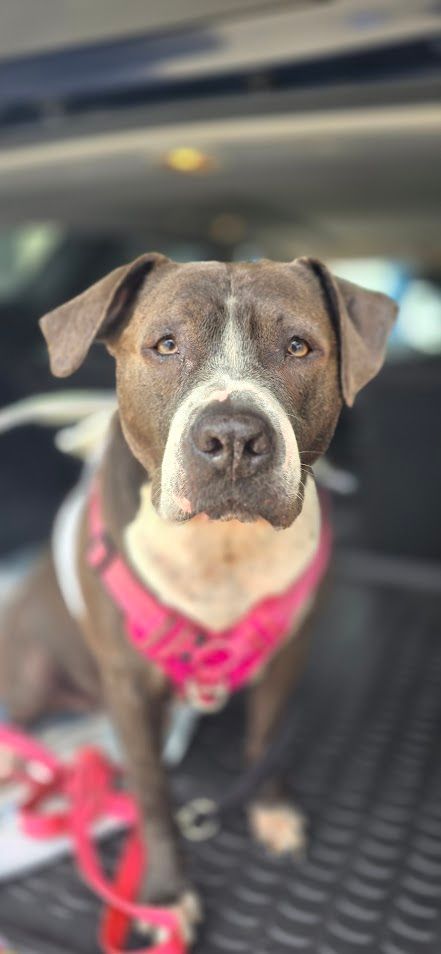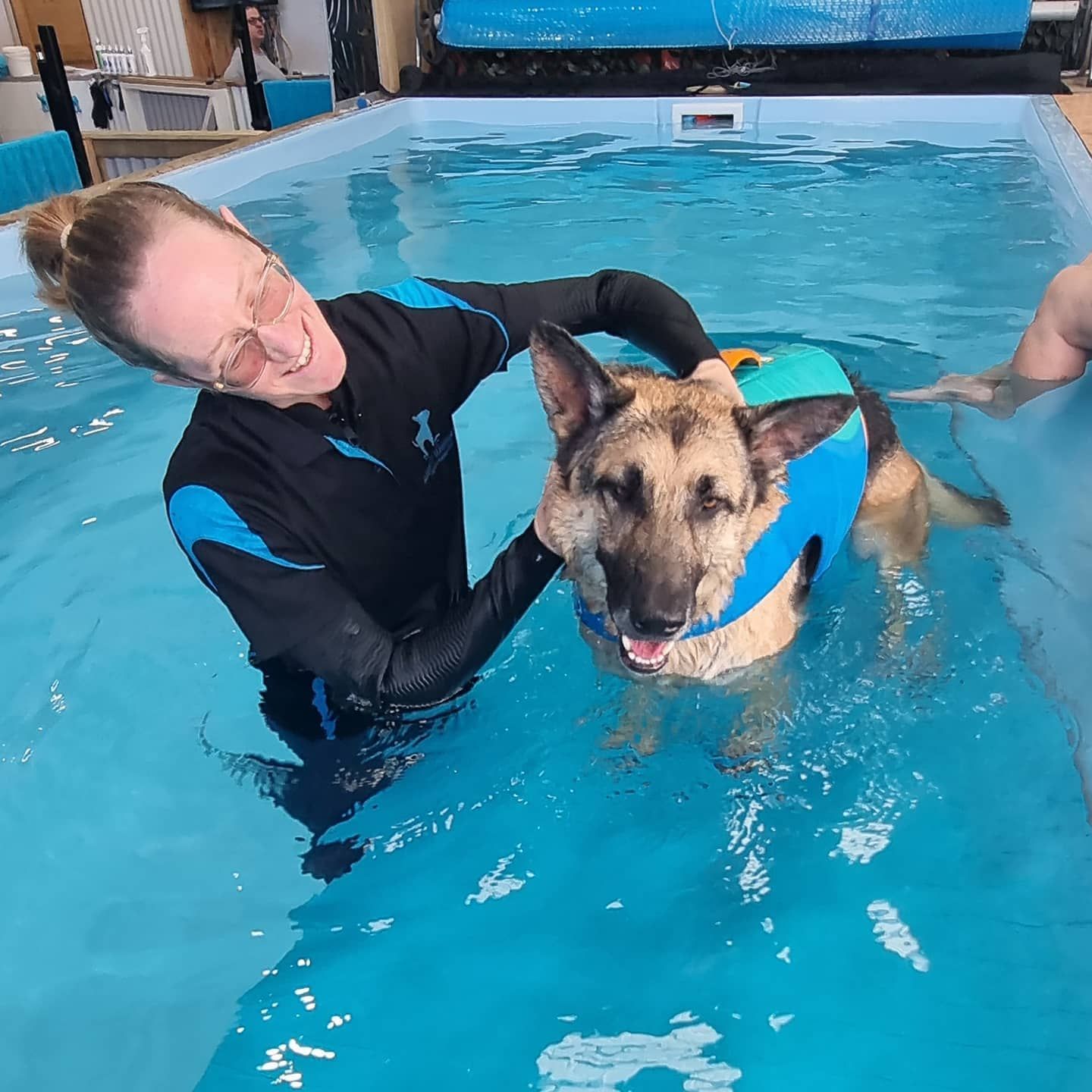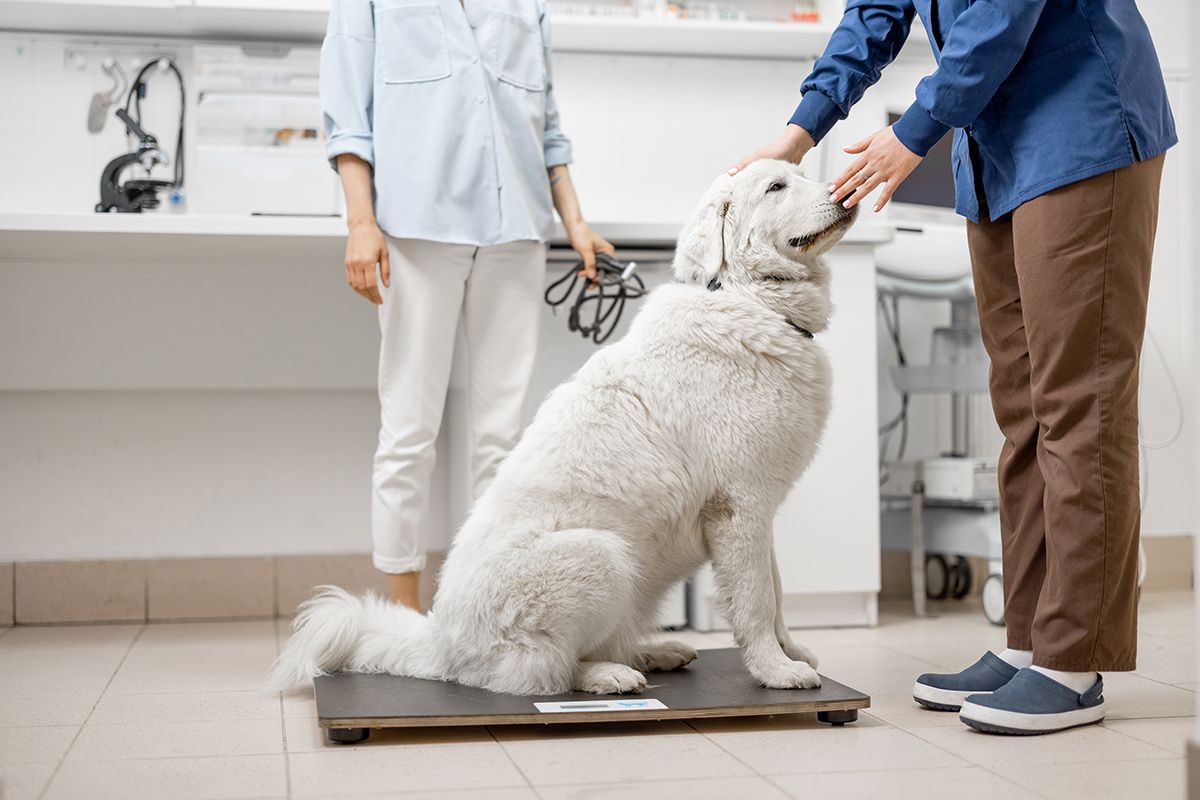What is Elbow Dysplasia in Dogs?
Elbow dysplasia is a common orthopaedic condition that affects dogs, particularly large and giant breeds. It is a collective term for several different developmental abnormalities that can occur in the elbow joint, including osteochondritis dissecans (OCD), fragmented medial coronoid process (FMCP), ununited anconeal process (UAP), and elbow incongruity.
These abnormalities can cause pain, lameness, and arthritis in affected dogs. The exact cause of elbow dysplasia is not well understood, but it is believed to be a combination of genetic and environmental factors. Certain breeds are more susceptible to elbow dysplasia, including German Shepherds, Golden Retrievers, Labrador Retrievers, Rottweilers, and Bernese Mountain Dogs.
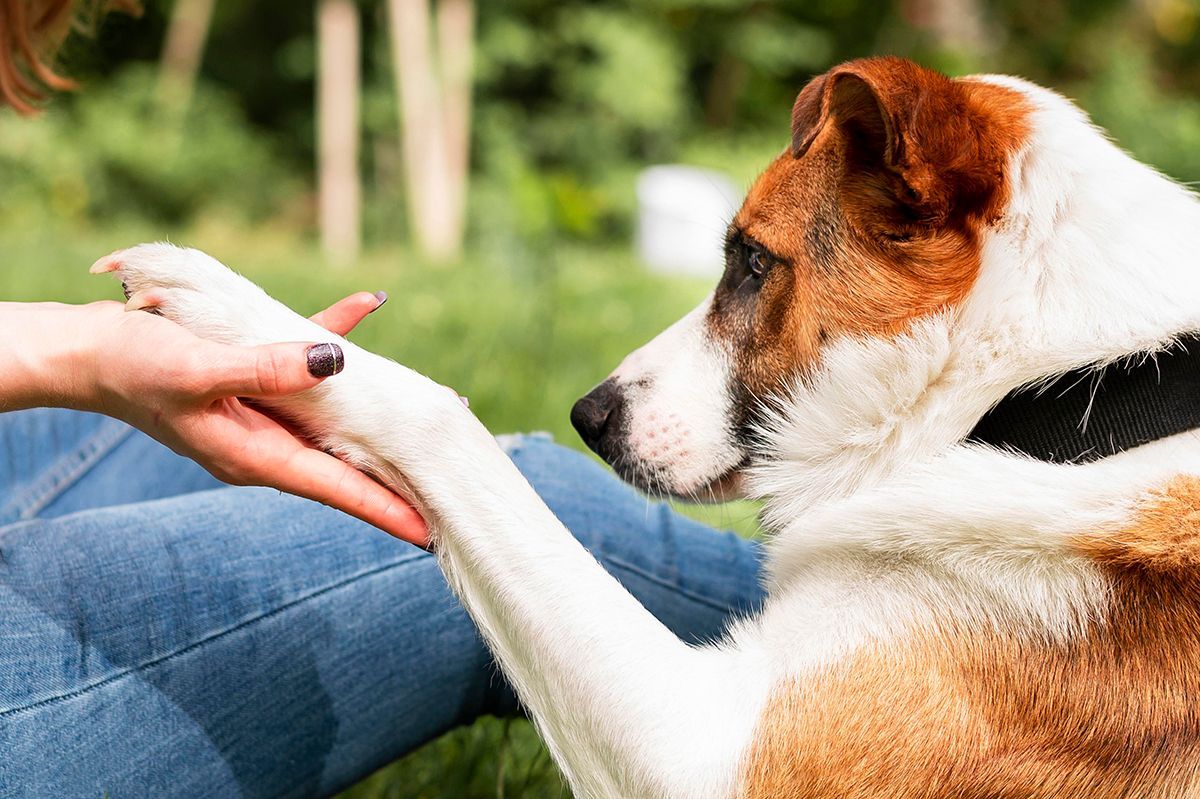
Image by Freepik
What are the treatment options for dogs with elbow dysplasia?
Treatment for elbow dysplasia depends on the severity of the condition and may include conservative management, such as rest and anti-inflammatory medications, or surgical intervention. Canine hydrotherapy is also a proven and tested method for managing this condition. In severe cases, surgery may involve joint replacement or arthroscopy to remove or repair damaged tissue in the elbow joint.
Can elbow dysplasia be prevented in dogs?
Preventing elbow dysplasia in dogs involves proper nutrition and exercise, as well as genetic screening and responsible breeding practices. If you suspect your dog may be experiencing elbow dysplasia symptoms, it's essential to seek veterinary care promptly. Early detection and treatment can help manage the condition and improve your dog's quality of life.
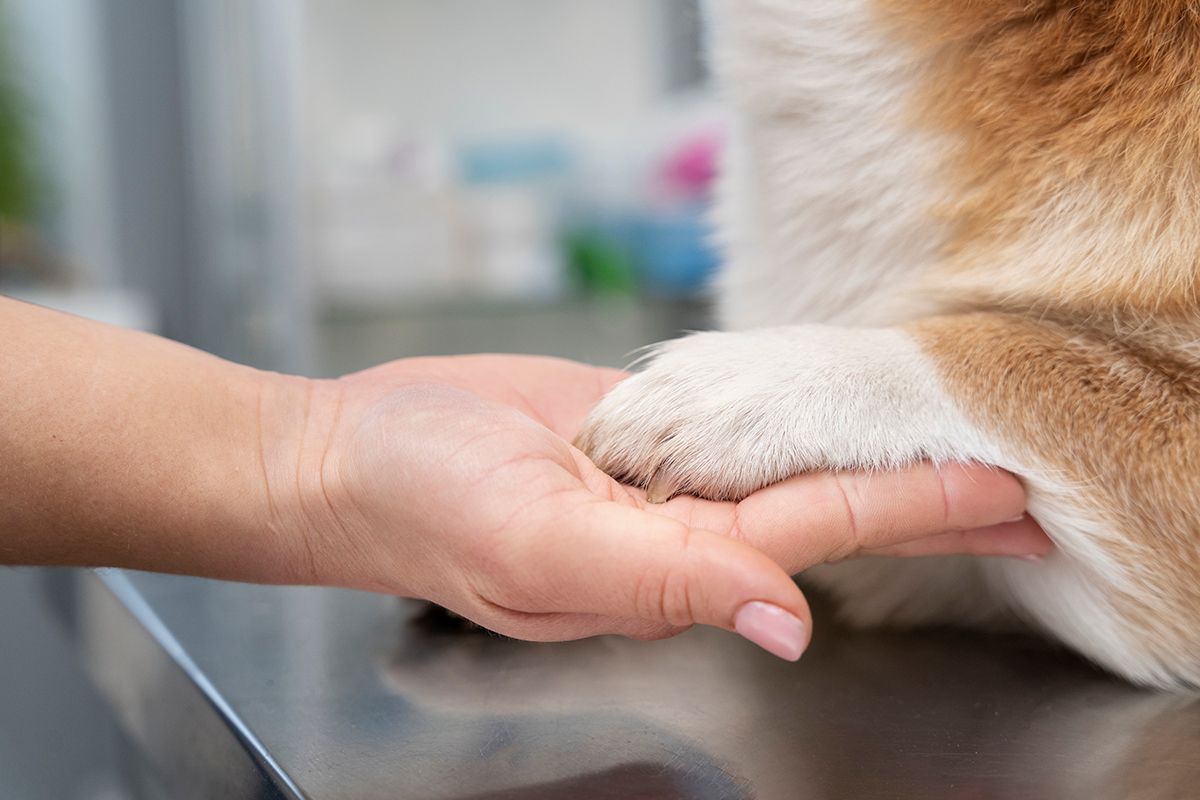
Image by Freepik
Are there ways to manage elbow dysplasia in dogs?
Although there is no cure for elbow dysplasia, there are various ways to manage the condition, including home care. Here are some home care tips for canines with elbow dysplasia:
Manage weight
Overweight dogs are at a higher risk of developing elbow dysplasia and can exacerbate the symptoms. Ensure that your dog is at a healthy weight to reduce the strain on their joints.
Provide joint supplements
Supplements like glucosamine and chondroitin can help support joint health and reduce inflammation. Talk to your vet about the appropriate dosage for your dog.
Provide a comfortable bed
A soft, supportive bed can help alleviate joint pain and discomfort. Consider investing in an orthopaedic bed for your dog.
Provide low-impact exercise
Regular exercise is essential for maintaining overall health, but high-impact activities like running and jumping can worsen elbow dysplasia. Instead, opt for low-impact activities like swimming or walking on soft surfaces.
Apply heat or cold therapy
Applying heat or cold therapy can help relieve pain and inflammation in the affected joint. Use a warm compress or cold pack for 10-15 minutes at a time, a few times a day.
Consider physical therapy
Physical therapy can help improve your dog's mobility and reduce pain. Talk to your vet about whether physical therapy would be beneficial for your dog.
What is hydrotherapy and how can it help with elbow dysplasia?
Hydrotherapy can be a beneficial part of the rehabilitation process for dogs with elbow dysplasia. This extremely versatile form of treatment can help to reduce pain, inflammation, and promote healing in several ways:
Underwater Treadmill
An underwater treadmill can be used to provide low-impact exercise for dogs with elbow dysplasia. The buoyancy of the water reduces pressure on the joint, allowing the dog to move more comfortably while also building muscle and strength. The warm water in the treadmill can help to relax the muscles and improve range of motion. The warmth of the water can help to increase circulation, which can promote healing, while also helping to soothe the muscles.
Swimming
Swimming is another low-impact form of hydrotherapy that can be beneficial for dogs with elbow dysplasia. Swimming can help to build strength in the muscles surrounding the elbow joint while reducing pressure on the joint itself. The warm water in the pool can help to relax the muscles and improve range of motion. The warmth of the water can help to increase circulation, which can promote healing, while also helping to soothe the muscles.
It's important to note that hydrotherapy should only be done under the guidance of certified canine rehabilitation therapists like
Water Walkies Hydrotherapy. They can help to develop a customised treatment plan that is appropriate for your dog's specific condition and stage of recovery. Additionally, hydrotherapy should be used in combination with other treatment options, such as medication or surgery, as needed.
Takeaway
Remember to always consult with your veterinarian before implementing any home care for your dog's elbow dysplasia. They are the ones most qualified to provide further guidance and recommend additional treatment options if necessary.
